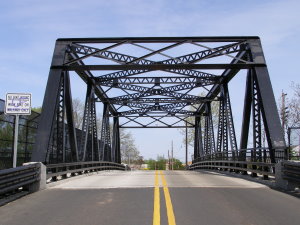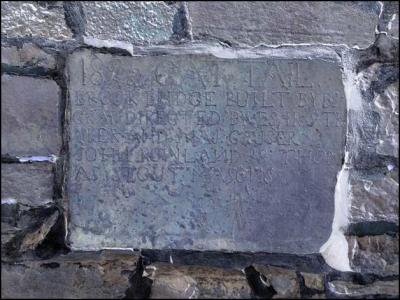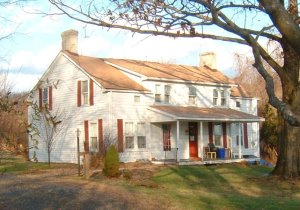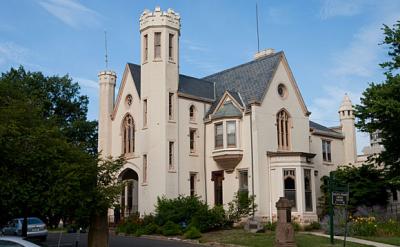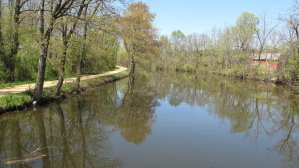Somerset County, NJ Historic Sites
George Washington slept here. Really! Somerset County has long been a draw for noteworthy people, places and events. Come bear witness to its historic sites, homes and museums, spanning eras that include colonial times, the American Revolution and beyond.
Bridge Street Bridge
The Bridge Street Bridge was constructed in 1918 by the Phoenix Bridge Company as part of the Reading Railroad grade crossing elimination project. It is a 121 foot long, single-span, eight-panel Warren thru-truss, supported on scored concrete abutments. This is the only surviving truss bridge of its type in Somerset County. The bridge was recently restored and rehabilitated by
Read MoreCat Tail Brook Bridge
This simple single-arch stone bridge with an eleven-foot span was built of local fieldstone in 1825. It carries Montgomery Road over the Cat Tail Brook. It is one of the two remaining stone-arch bridges in Hillsborough Township and is a fine example of local stone craftsmanship of the early 19th century. It is maintained by Somerset County.
Read MoreChildren’s Museum of Somerset County
Through educational exhibits and programs, The Children’s Museum of Somerset County hopes to inspire every child’s natural curiosity and creativity, and to nurture a love of learning. The museum also showcases the talents of young adults in the county.
Read MoreCodington Farmstead
The 55 acre Codington Farmstead was built by Issac Codington in Mount Horeb (now Warren Township). The farmhouse dates back to 1742, and is the oldest structure in New Jersey continuously owned and operated by the same family. The Codington House, expanded in 1780, 1820 and 1870, is now owned by Warren Twp. The house has furnishings and decorative arts spanning the 18th to
Read MoreDaniel Robert House (Somerville Borough Hall)
Constructed in 1888 in the Gothic Revival style, the Daniel Robert House was designed by architects Lambert and Bunnell of Bridgeport, Connecticut. It is a faithful replica of Andrew Jackson Davis’s Harral House, also located in Bridgeport. The house is remarkably preserved and retains most of its original Gothic Revival detailing. The Borough continues to use the building as its
Read MoreDelaware and Raritan Canal
The Delaware and Raritan Canal ("D&R Canal") traverses 22 miles of Somerset County, from Landing Lane in the eastern section of Franklin Township through South Bound Brook to Kingston in the southern section of Franklin. Historic structures include: the locks at South Bound Brook and Griggstown; the homes of the bridgetenders and locktenders at Zarephath, Weston, East Millstone, Blackwells
Read More